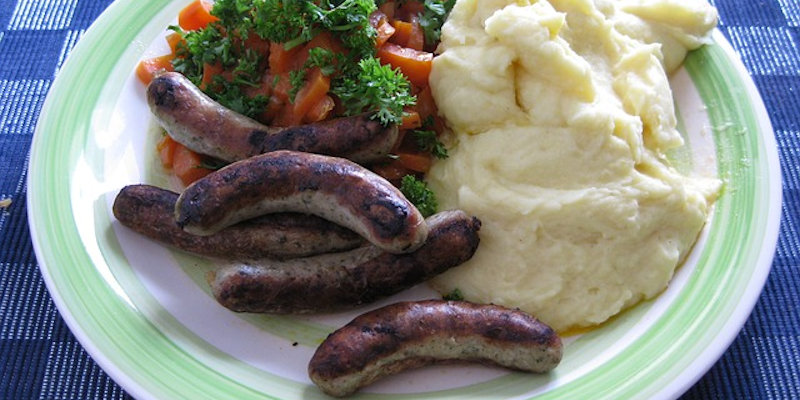Do You Misjudge Serving Sizes?
Do you know what the proper serving size is for a bowl of cereal? Or a baked potato? Or a piece of steak? How about a cup of juice?
Many people tend to overestimate proper serving sizes when consuming food and beverages. Restaurant menus can also be misleading when it comes to serving sizes. For example, a “small” order of French fries at a restaurant may actually equal two or more serving sizes, in accordance with the United States Department of Agriculture (USDA) guidelines. As a result, people tend to consume more calories, carbs, fat, and other nutrients than they realize, or then they need.
There is much confusion over the terms serving sizes and portion sizes. What is the difference?
- Serving – the amount of food recommended by the USDA
- Portion – the amount of a food you choose to eat at any one time, which may be more or less than a serving
To determine how good you are at determining proper portion sizes, try this experiment at home: without using a measuring cup, pour what you think is one cup of dry cereal into a bowl, or one cup of milk into a glass. Now check the actual amounts with a measuring cup. How accurate were you?
Following are some tips for determining proper portion sizes:
- 1 cup = your fist or cupped hand
- 1 ounce of cheese = your thumb or a pair of dice
- 1 teaspoon = your thumb tip
- 3 ounces of meat or poultry = deck of cards or a cassette
- 3 ounces of fish = a checkbook
- ½ cup cooked rice, pasta, or mashed potatoes = ½ baseball or an ice cream scooper
- 2 tablespoons peanut butter = a ping pong ball
- 1 ounce peanuts = 1½ golf balls
Don’t forget that the amount of food you eat is just as important as what you eat!

